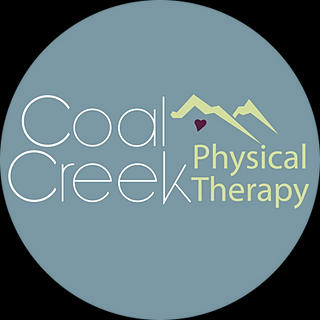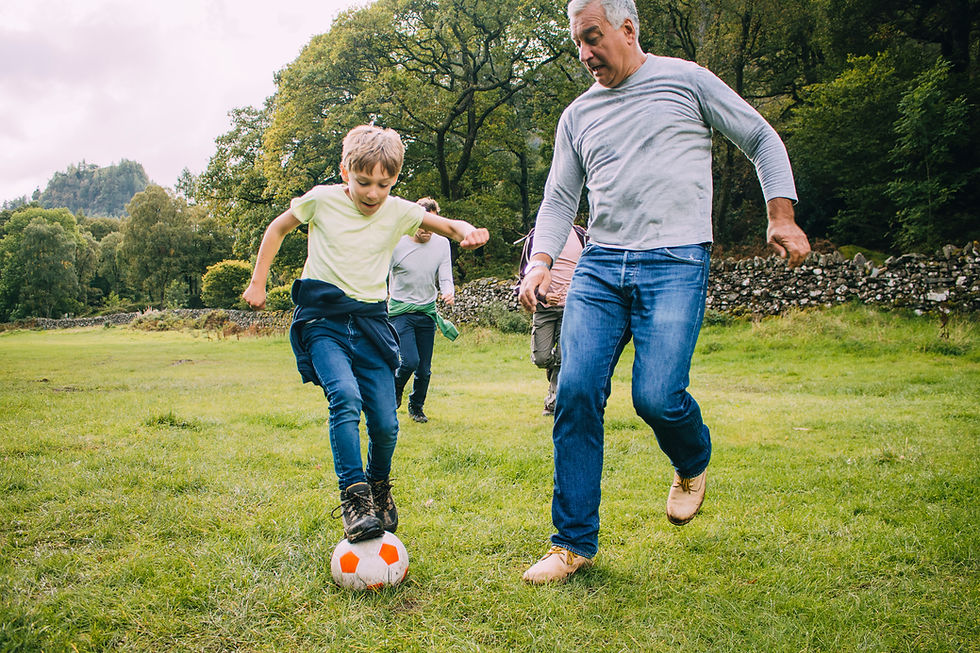The Importance of Thoracic Mobility
- Coal Creek PT
- May 21, 2019
- 2 min read
The thoracic spine is the upper part of your back that extends 12 vertebra from the base of your neck. Thoracic mobility is a term that is thrown around a lot now in the realm of health and fitness. Almost every yoga class and many fitness instructors use this concept heavily and for good reason. It is known that decreased thoracic mobility not only occurs with aging but is also largely a result of our culture and being accustomed to long periods of sitting, driving, being on our phones and computers, watching TV etc. This sedentary lifestyle and along with activities that promote poor posture all contribute to a decline in thoracic mobility.

When the thoracic spine is not moving well, it has a major impact on the rest of our body. For example, neck and low back pain is often very closely related to how well our thoracic spine is moving. If it is not moving well, the mobility must come from above and below that region, thus increased stress happens at the lower spine and neck. Similarly, this can contribute to shoulder problems as full shoulder elevation requires thoracic extension, rotation and side bending. If these motions are limited, then shoulder mobility will also be limited. Thoracic mobility even influences our gait pattern. In proper gait our arms should swing freely. This arm swing accompanies a rotation motion in our thoracic spine. If we have decreased thoracic mobility, we will have a decreased arm swing, thus an inefficient gait pattern which can in turn place stress on various areas of the body that must make up for this lack of movement.
Here are some easy exercises to get your thoracic spine moving. Ask your physical therapist about proper technique.
Thoracic rotation:
Laying on your side with your palms together and your hips and knees bent to 90 degrees. Open the top arm up and over to the other side. Repeat 5 times then hold stretch for 1 minute.

Kneeling with your hips back on your heels, have one hand on the back of your neck and rotate elbow up toward the ceiling until you feel rotation through the upper part of your spine. Repeat 10 times each side.

Thoracic Extension and side bending: Laying on a foam roll at the middle to upper part of your spine, keep your hips on the ground and your hands supporting your head. Slowly extend back over the foam roll and perform a sit up motion back and forth 10-20 times. Then return to a neutral position and bring one elbow toward the edge of the foam and alternate side to side.

Happy Healing!
Hannah Nicholson, PT, DPT









Comments